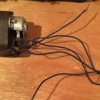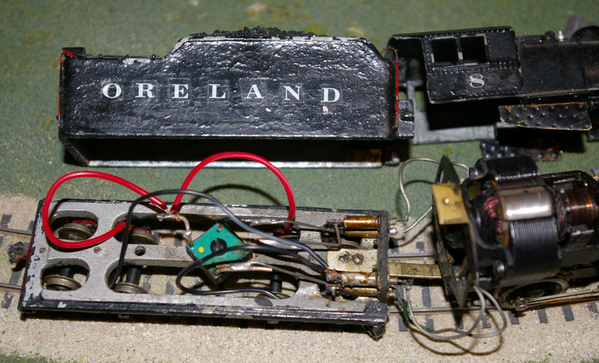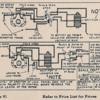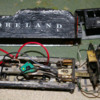I have purchased what has been identified to me by Bill Davis as a Pioneer PRR k4, the first Japanese engine imported by Max Gray in 1957. I plan to restore it.
So far I'm in the process of stripping the paint from engine and tender. After removing the shell I see a motor of a type I am completely unfamiliar with. Can someone identify the type? I assume the round item is a resistor of some sort that feeds current to the field and rotor. Can I just put some voltage on the tender and frame contacts to see if it runs? It turns freely and smoothly.
Thanks, Jim





















